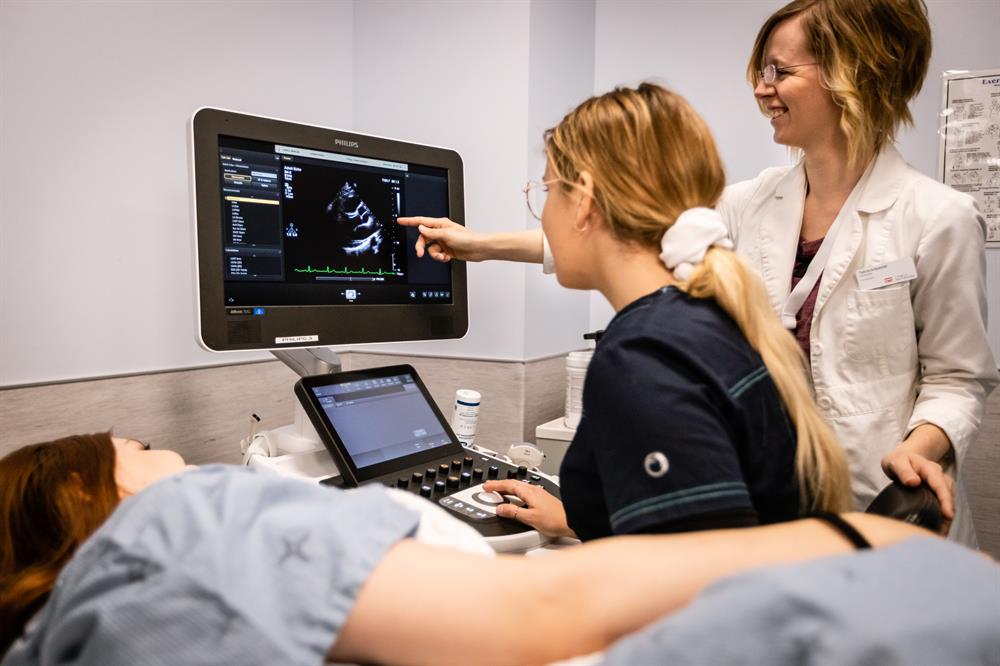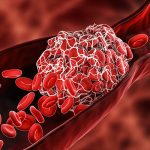Discovering the Power of Lumps and Bumps Ultrasound Scan
Ultrasound scans have become an essential tool in modern medical diagnostics, enabling healthcare professionals to detect and monitor a wide range of conditions. One such application is the detection and evaluation of lumps and bumps. In this article, we will explore the power of lumps and bumps ultrasound scans, their benefits, and their role in diagnosing various medical conditions. Let’s dive in!
Understanding Ultrasound Scans for Lumps and Bumps:
Ultrasound scans use high-frequency sound waves to create detailed images of the body’s internal structures, without the need for invasive procedures. When it comes to lumps and bumps, ultrasound scans provide valuable information about the composition, size, and location of abnormalities, aiding in accurate diagnosis and treatment planning.
-
The Importance of Early Detection: Early detection of lumps and bumps is crucial for effective medical intervention. Ultrasound scans allow healthcare professionals to identify abnormalities that may not be visible or detectable through other means. By spotting these changes at an early stage, healthcare providers can initiate appropriate treatment protocols, potentially saving lives.
-
Evaluating Soft Tissue Abnormalities: Soft tissue abnormalities, such as cysts, tumors, or benign growths, can often present as lumps or bumps. Ultrasound scans offer a non-invasive way to evaluate these abnormalities, providing detailed images of the affected area. By examining the shape, size, and characteristics of the lump or bump, medical professionals can differentiate between benign and malignant growths and determine the best course of action.
-
Guiding Biopsies and Fine Needle Aspiration: In cases where a lump or bump requires further investigation, ultrasound scans can guide biopsy procedures or fine needle aspiration. By using real-time imaging, healthcare providers can precisely target the abnormality, ensuring accurate sample collection. This minimally invasive approach reduces the risks associated with more invasive procedures while providing essential diagnostic information.
-
Monitoring Treatment Progress: Ultrasound scans are not only valuable for initial diagnosis but also for monitoring the progress of treatment. After interventions like surgeries, chemotherapy, or radiation therapy, regular ultrasound scans assist healthcare professionals in assessing the effectiveness of the treatment, identifying any recurrence or new developments, and adjusting the treatment plan accordingly.
-
Ultrasound vs. Other Imaging Techniques: Compared to other imaging techniques like X-rays or computed tomography (CT) scans, ultrasound scans offer several advantages when evaluating lumps and bumps. Ultrasound scans do not use ionizing radiation, making them safer for both patients and medical professionals. Additionally, ultrasound scans provide real-time imaging, allowing healthcare providers to assess dynamic changes within the lump or bump immediately.
Conclusion: Lumps and bumps ultrasound scans have revolutionized the way medical professionals approach the detection and evaluation of various abnormalities. These non-invasive procedures offer a wealth of information, aiding in early detection, proper diagnosis, and treatment monitoring. If you suspect any lumps or bumps, consult your healthcare provider to determine whether an ultrasound scan is warranted. Remember, early detection can make a significant difference in your health outcomes.




